Fine Art Workflow – Today at ASMP Philadelphia
Mac Holbert and I will be presenting content from our DVD Fine Art Workflow today at ASMP Philadelphia.
Learn more in my DVDs, workshops, and ebooks.
Mac Holbert and I will be presenting content from our DVD Fine Art Workflow today at ASMP Philadelphia.
Learn more in my DVDs, workshops, and ebooks.
People often credit their ideas to individual “Eureka!” moments. But Steven Johnson shows how history tells a different story. His fascinating tour takes us from the “liquid networks” of London’s coffee houses to Charles Darwin’s long, slow hunch to today’s high-velocity web.
Find more of my favorite TED videos here.
History is filled with stories about the wisdom found in dreams.
Kekule solving the structure of Benzyne is one of the most famous.
What do you do to work with and remember you dreams?
Find more creativity resources here.

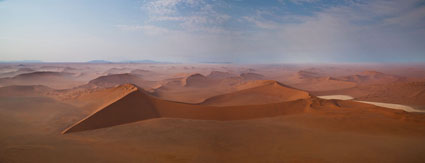
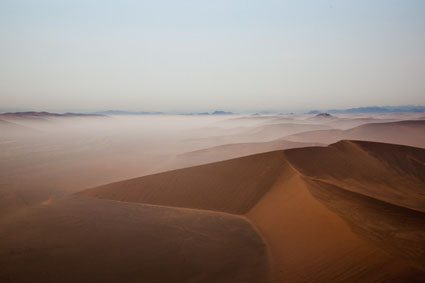
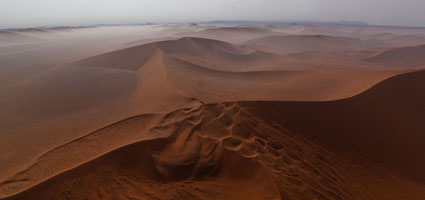
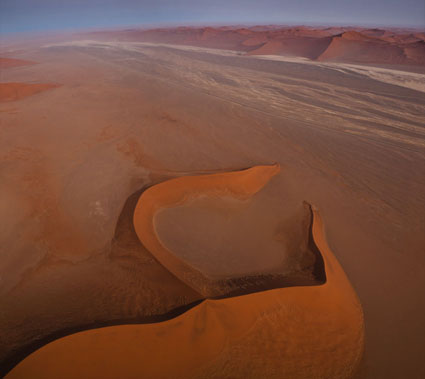
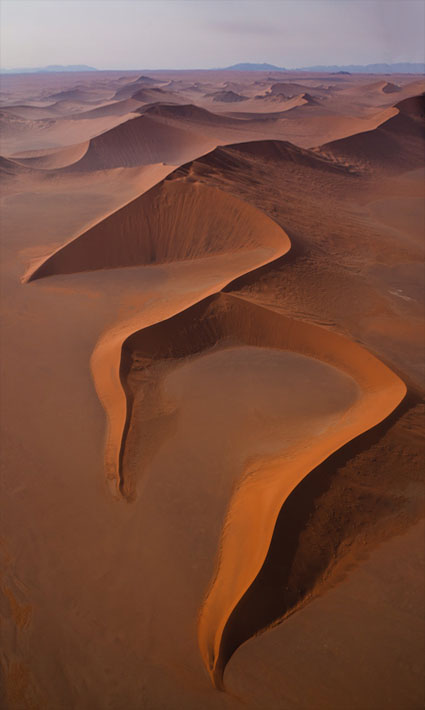


I recommend you seize every opportunity to photograph a location in the air.
When you go , take two cameras with different focal lengths. Use high shutter speeds (1000 plus). Ask your pilot to circle the most interesting areas and vary altitude. If possible, go doors off to reduce reflections. If it’s not, wear a black long sleeve shirt. Keep your lens/shade out of the wind. Shoot fast. As you fly, so will time.
Photographing the Sossusvlei dune fields by helicopter was a highlight for all of us during my recent workshop in Namibia. The views were simply divine. These images are all panoramic merges. We did a full 360 degree pano from the helicopter, just for fun.
Learn more in my digital photography workshops.
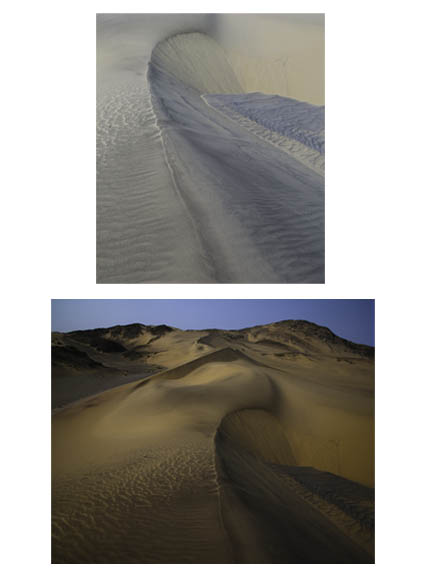
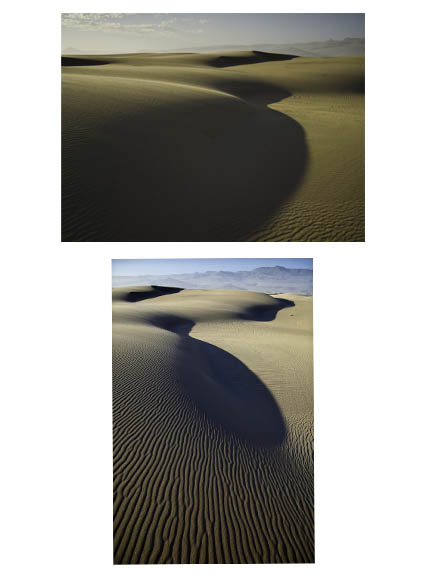 Paul Tornaquindici (top) and I (bottom) walked together many times in Namibia.
Paul Tornaquindici (top) and I (bottom) walked together many times in Namibia.
Standing a few feet apart, we made very different images.
Walk with someone and photograph together.
Then compare the results.
You’ll see a different way of looking at the world.
You’ll also have an opportunity to see how you see more clearly.
Even when the images you make are the same, you’ll learn that some results are driven by convention and this can prompt you to push further, to find something new, and to make your images more personal. Sometimes these differences can be found in context with your other images.
The comparisons and contrasts you’ll see by photographing with someone else can be extremely useful.
Find more resources on Creativity here.
Learn more in my digital photography workshops.
When the dotcom bubble burst, hotelier Chip Conley went in search of a business model based on happiness. In an old friendship with an employee and in the wisdom of a Buddhist king, he learned that success comes from what you count.
Find more of my favorite TED videos here.
Aphorism enthusiast and author James Geary waxes on a fascinating fixture of human language: the metaphor. Friend of scribes from Aristotle to Elvis, metaphor can subtly influence the decisions we make, Geary says.
Find more of my favorite TED videos here.
Howard Rheingold talks about the coming world of collaboration, participatory media and collective action — and how Wikipedia is really an outgrowth of our natural human instinct to work as a group.
Find more of my favorite TED videos here.
In this unmissable look at the magic of comics, Scott McCloud bends the presentation format into a cartoon-like experience, where colorful diversions whiz through childhood fascinations and imagined futures that our eyes can hear and touch.
Find more of my favorite TED videos here.

